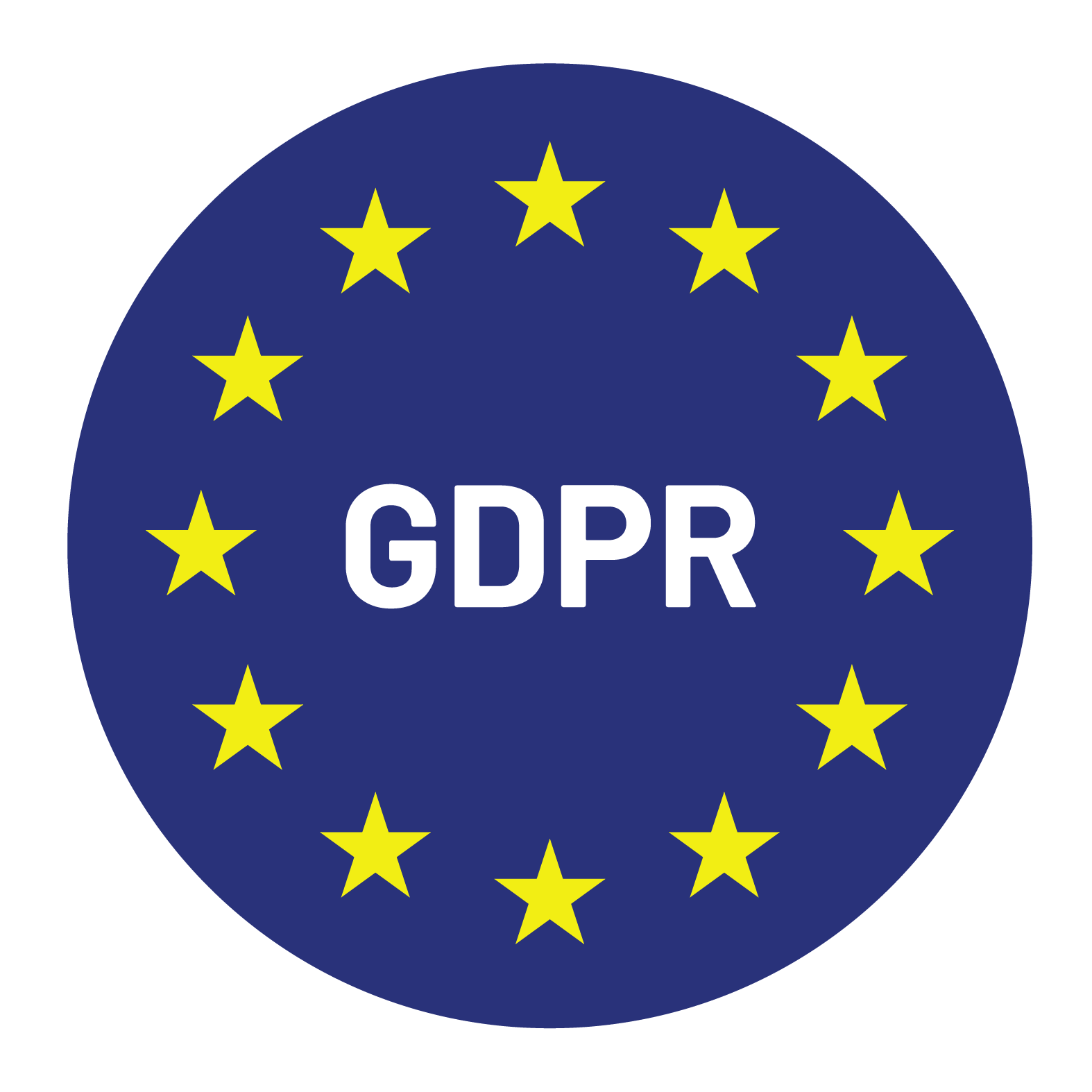


Content Writer for Whistle with multidisciplinary experience spanning over a decade.
Look, if you’re serious about your B2B sales efforts, you can’t just wing it and hope for the best. You need data. Metrics are your secret weapon – they’ll show you what works, what doesn’t, and where you’ve got room to level up. And here’s the thing, your marketing folks? They need this data too. Sales metrics gauge if their strategies are paying off. It’s a win-win.
If you want a winning B2B sales team, you can’t leave success to chance. Tracking the right sales metrics is crucial for improving performance, developing repeatable strategies, and ensuring your sales and marketing teams are working in perfect sync. Plus, sales metrics give you a clear picture of how your marketing initiatives are impacting the bottom line.
Let’s get down to brass tacks. Here’s a quick overview of the essential B2B sales metrics you need to track:
Marketing Qualified Leads (MQLs) are the warm leads that signal potential customers are starting to get serious about your product or service. They’ve moved beyond casual browsing and have actively demonstrated interest by engaging with your content – think downloading an ebook, attending a webinar, or requesting a demo. MQLs are a vital part of any successful B2B marketing strategy, forming the bridge from awareness to sales readiness.
Qualifying MQLs is crucial before handing them over to sales. Make sure your marketing and sales teams have a clear understanding of what defines a quality MQL. This could be based on factors like company size, job title, specific actions taken on your website, or their score within a lead scoring system.
Tracking your Cost per MQL (calculated by dividing your total marketing spend by the number of MQLs generated) is an essential metric for gauging the success of your lead generation campaigns. This tells you how efficiently you’re attracting and nurturing potential customers. By comparing the Cost per MQL against the average value of a new customer, you can determine if your marketing investments are generating a positive return.
SQO is where the rubber hits the road. These are the leads your sales team has put under the microscope and thinks, “Hey, we might get paid for this!” SQOs aren’t a guarantee of a closed deal, but they’re a strong indication that your marketing efforts are attracting the right kind of prospects.
Tracking SQOs isn’t just about patting your sales team on the back – it’s a valuable metric for marketing too. It gives you early visibility into potential revenue, allows for better forecasting, and lets you know if your campaigns are hitting the mark. Analyzing trends in your SQOs also helps identify which lead sources or marketing initiatives are driving the most promising sales qualified opportunities.
Your website is a powerful data source. Monitor website traffic to understand the effectiveness of your marketing campaigns and SEO lead-generation efforts. Use tools like Google Analytics to track essential metrics such as visitor numbers, traffic sources, bounce rate, average session duration, and click-through rates. Analyzing this data tells you what kind of content resonates best with your target audience, showing you how to refine your strategies for maximum impact.
Calculate your lead cost by dividing your total marketing spend by the number of new leads generated. But here’s the key: track those leads by source! This tells you which campaigns are bringing in the most valuable prospects. It’s the difference between targeting campaigns that bring in deals, not duds. This data-driven approach helps you allocate your marketing budget wisely and optimize for success.
Think big to boost revenue – focus on deal size. It’s not just about the number of deals you close but more so about the size of those deals. Chasing bigger contracts can greatly accelerate revenue growth. Account-based marketing (ABM) strategies are ideal for this, but targeting the right high-value accounts requires careful planning and precision. Partnering with sales development specialists like Whistle can streamline this process – their expertise in identifying and engaging ideal prospects complements ABM strategies perfectly.
But keep an eye on the bottom line. Before diving head-first into bigger deals, define an acceptable customer acquisition cost (CAC). How much are you willing to spend to acquire a new customer? Knowing your CAC lets you make informed decisions and optimize your campaigns to maximize those lucrative closed deals while ensuring healthy profitability.
If you operate a SaaS (or other subscription-based) business, MRR is your key metric. MRR is calculated by adding up the monthly recurring revenue generated by all your customers for that month. This predictable revenue stream is essential for growth projections and forecasting.
Cost per acquisition (CAC) tells you how much it actually costs to bring in a new customer. It includes ALL your sales and marketing expenses. Fun fact: there’s a subtle difference between CAC and cost per acquisition (CPA) – CPA usually refers to marketing-specific costs. Keeping your CAC low boosts profitability, so calculate it and use it to manage cash flow and figure out your break-even point.
Your average deal size reveals a lot about your targeting and pricing. Calculate it by dividing the total value of all closed deals by the number of deals closed within a specific period. If you’re closing lots of small deals, you might be wasting resources! Time to revisit your targeting or pricing strategy.
How long does it take to close the average deal? Track this to see where you can speed things up. Calculate your average sales cycle by dividing the total number of days to close deals by the total number of deals closed within a set timeframe. Accurate sales cycle data helps you with forecasting and makes sure you’re allocating your sales resources wisely.
Lead to Close Conversion Rate (CVR) tells you how good your sales team is at closing those leads. Calculate it by dividing the number of deals closed by the total number of leads and then multiplying by 100. Benchmark your CVR against industry averages and use it to identify areas for improving the sales process.
Don’t just focus on your overall conversion rate. To pinpoint areas for improvement, you need to track conversion rates at each stage of your sales funnel. This exposes the bottlenecks – where are prospects dropping off? That’s where you need to focus your optimization efforts. Factors like website design, messaging, personalization, and your calls to action can all influence conversion rates.
Let’s be real, B2B sales can be a tough game. But having a data-driven approach gives you a serious competitive advantage. Embrace the metrics, iterate, and fine-tune your sales process based on what the numbers are telling you – your win rate will thank you for it.
Ready to see how data-driven sales strategies can transform your results? Connect with our team to streamline your sales process.


© Copyright – Whistle 2023

An expert panel on best practices for selling software.